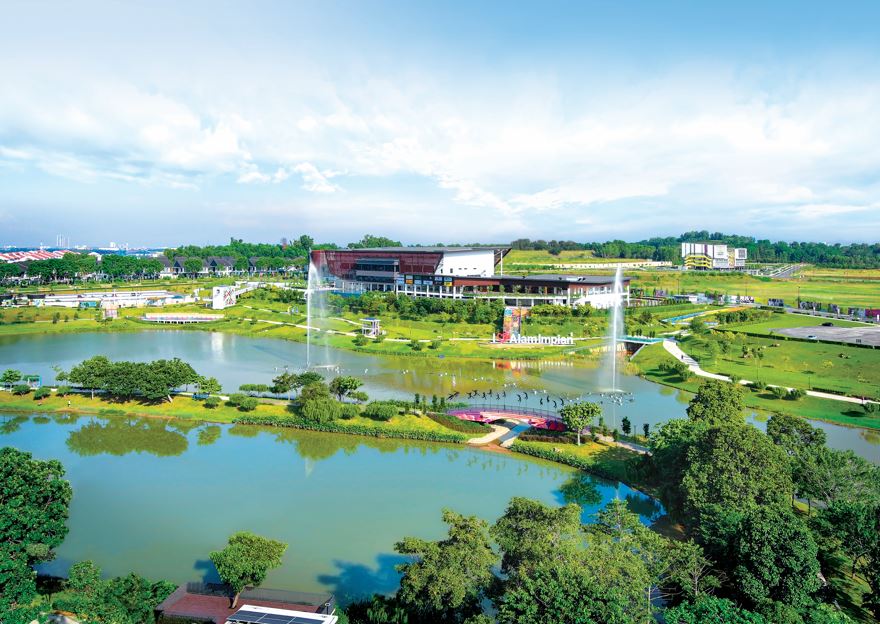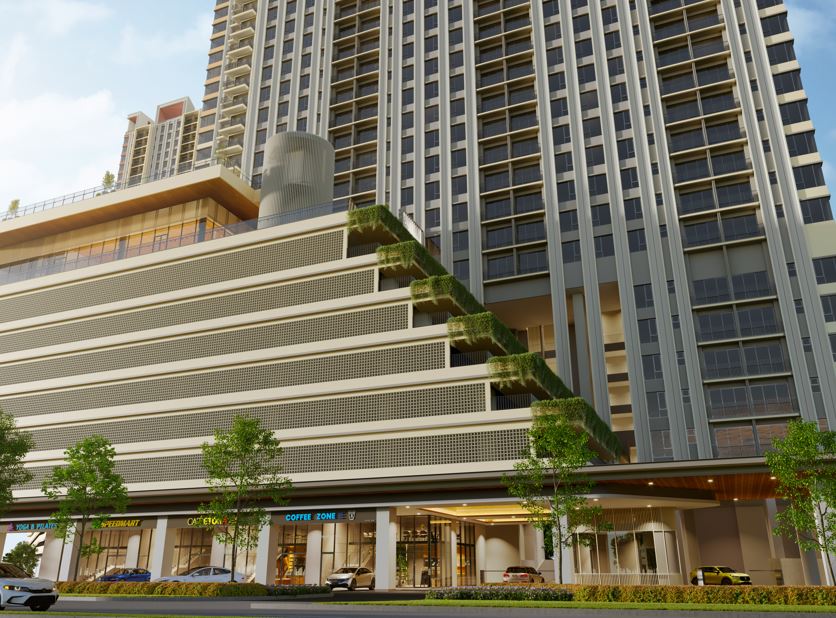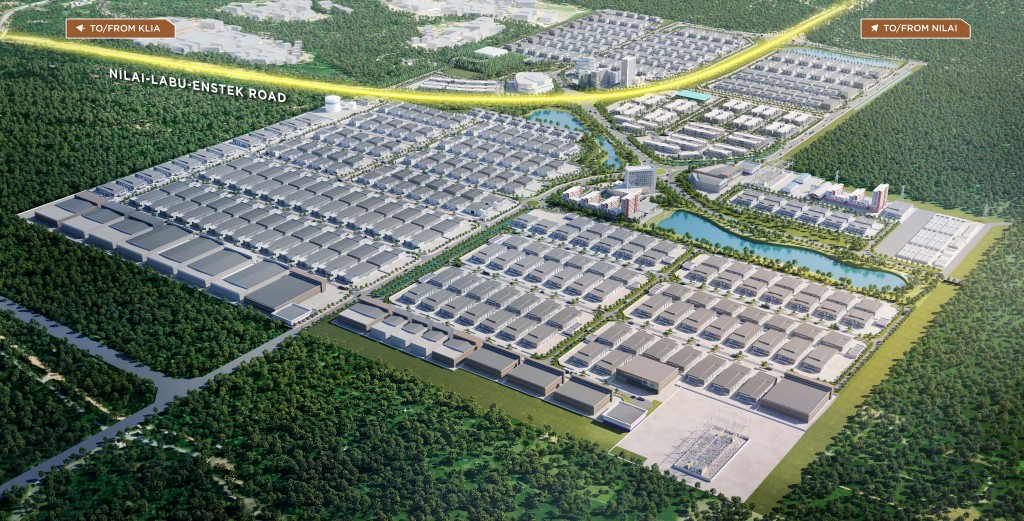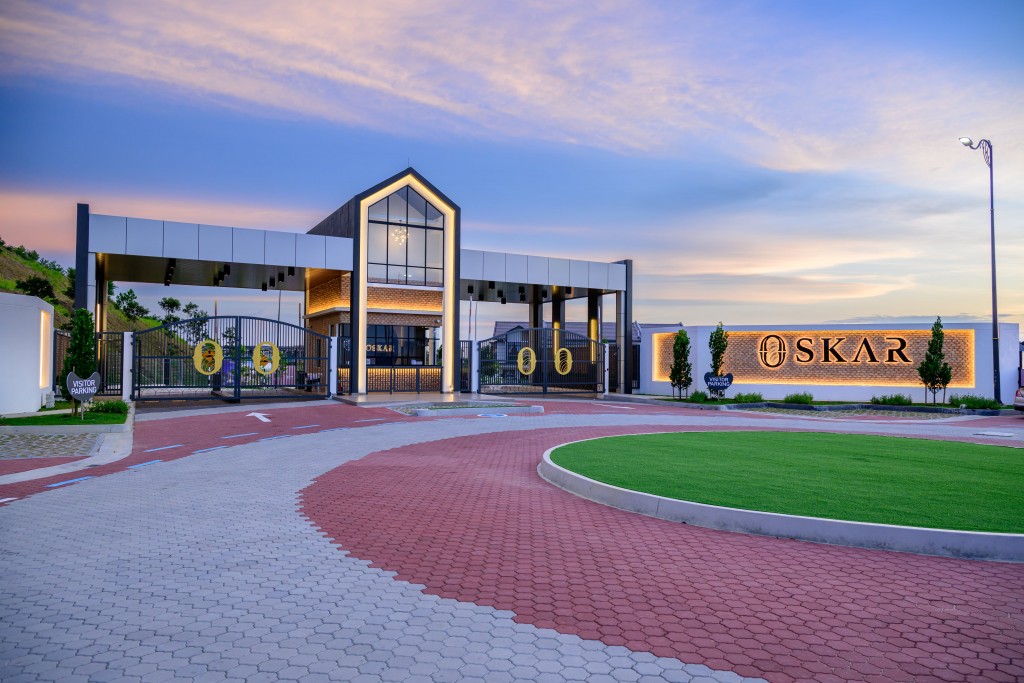Flight-to-quality is flight-to-ESG
By: Yip Wai Fong
The rising importance of environmental, social and governance (ESG) is changing the landscape of property management services in Malaysia. In the office sector, the on-going flight-to-quality phenomenon where companies seek and relocate to newer and more premium facilities to attract top talents, has seen companies increasingly requiring ESG compliance in their definition of quality.
“The emphasis on newer and ESG-certified buildings is crucial, as firms strive to create environments that seamlessly facilitate work, reflection, and collaboration, (and) ultimately enhancing wellness and productivity,” said Knight Frank Malaysia ESG associate director Mohd Hafiz Zainuddin at the 31st National Real Estate Convention 2024.
Hafiz also said that while the advent of ESG could be perceived as a disruption to the office sector, adopting the changes can enhance the services to occupiers and increase the investment value for building owners.
For example, Knight Frank has found from its survey in 2021 that a significant portion of occupants from the Asia-Pacific region regarded occupying a green-certified building as a testament to their corporate social responsibility (CSR), enhancing their brand and achieving cost savings. They also indicated that their commitment to net zero will influence their future real estate choices.
“Therefore, buildings with green building certificates, such as GBI, GreenRE, BCA Green Mark and LEED will be able to attract potential occupiers and retain existing occupants.
“Besides green building certification, occupiers would like to assess the performance of the buildings to decide which ones they want to occupy or continue to occupy, as well as to identify responsible and committed landlords and property managers to work with. Some of the information they are asking about is past energy and water consumption data, waste recycling rates, building energy intensity, chiller plant efficiency, the management plans for energy, water, and waste, as well as the landlord’s commitment to renewable sources of energy.
“Occupants also expect data from their occupied spaces to be recorded, monitored, and shared for carbon accounting purposes,” Hafiz elaborated.
As for the social component of ESG, occupiers now also put into consideration universal design features at premises such as wheelchair-friendly access, for the benefit of less-abled staff in companies that promote inclusivity in hiring practices.
Such wide-ranging requirements bring forth the concept of green lease especially among multinational corporations, pushing landlords and property managers to equip themselves with knowledge on how to implement it. In a green lease, companies will start negotiating the clauses and expectations before tenancy renewal or before committing to a tenancy agreement with the landlord.
“The objective of green lease is to promote sustainability and environmental responsibility within the commercial real estate sector. Property managers, as the key persons in this process, will need to provide the data, information and strategy to improve building performance and comply with occupiers' requirements,” said Hafiz.
In response to the era of ESG compliance, landlords have stepped up in several ways. The first is ensuring that there is at least a green building certification and secondly, executing their energy efficiency, renewable energy as well as energy and water conservation plan. Moving further, some landlords also put in infrastructures to track, report and share Greenhouse Gas (GHG) emissions with tenants, and to monitor and conduct regular tests on indoor environmental quality. Some of the buildings are also designed with access to green spaces or views of the outdoors or nature to promote occupants’ wellness. Some others also implement a building management forum or tenant awareness programme to communicate and exchange views between the building manager and tenants to improve operational and occupational efficiency. Others have included facilities such as EV charging stations, secured bike storage and shower/change facilities and lockers.
“These are on top of the traditional compliance with related licenses and permits under agencies such as the Fire and Rescue Department (Bomba) and the Occupational Safety and Health Department (Dosh), and with new regulations as the Energy Efficiency and Conservation Act 2023 (EECA),” said Hafiz.
For older properties yet to be equipped with ESG-compliant features, Hafiz said the property owners are now actively embracing the movement and are embarking on retrofitting measures to ensure their properties remain competitive.
“Retrofitting an old asset can indeed be a feasible strategy to meet new demands, but it requires careful planning and investment. Landlords of older purpose-built office buildings can take several steps to ensure their assets meet the ESG criteria, such as conducting a detailed energy audit, improving energy efficiency, installing water-efficient fittings and rainwater harvesting systems, implementing waste management strategies such as recycling programs and composting, improving air ventilation and filtration systems for better indoor air quality, using low VOC and low formaldehyde materials, and improving accessibility and facilities for disabled people.
While retrofitting older buildings to meet ESG standards may require upfront investment, it can result in long-term cost savings, increased asset value, and improved occupier satisfaction and retention,” said Hafiz.
With the ESG movement aligning the commitment to making workplaces green and socially responsible, and the goal of keeping a competitive edge and enhancing reputation on the same track, demands for the new generation of offices will only accelerate in the race towards the net-zero 2050.

Office buildings with green building certificates are able to attract potential occupiers and retain existing occupants, said Hafiz.
Stay ahead of the crowd and enjoy fresh insights on real estate, property development, and lifestyle trends when you subscribe to our newsletter and follow us on social media.















































